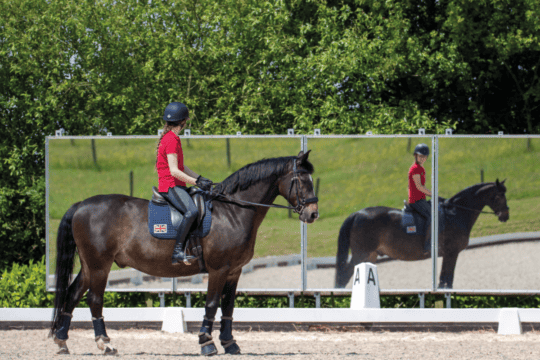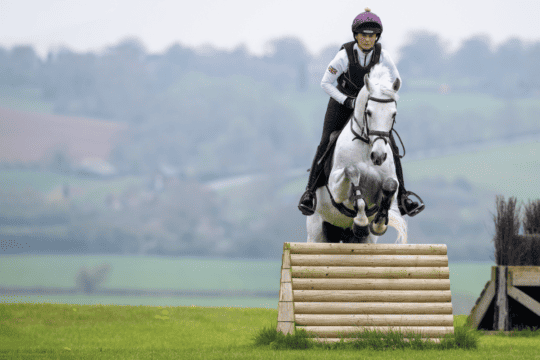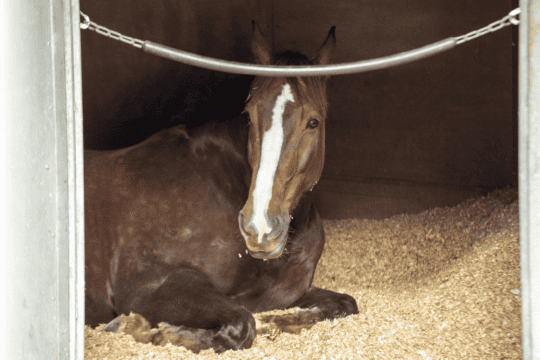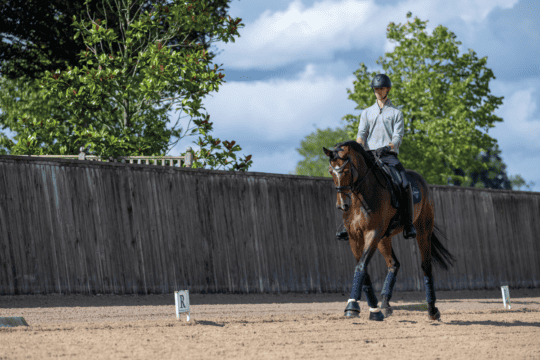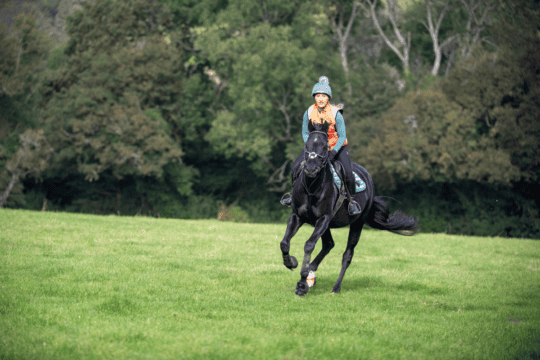Be more confident jumping
Posted 12th June 2020
Does the thought of leaving the ground leave you feeling all the wrong kinds of butterflies? Our team of experts is here to help
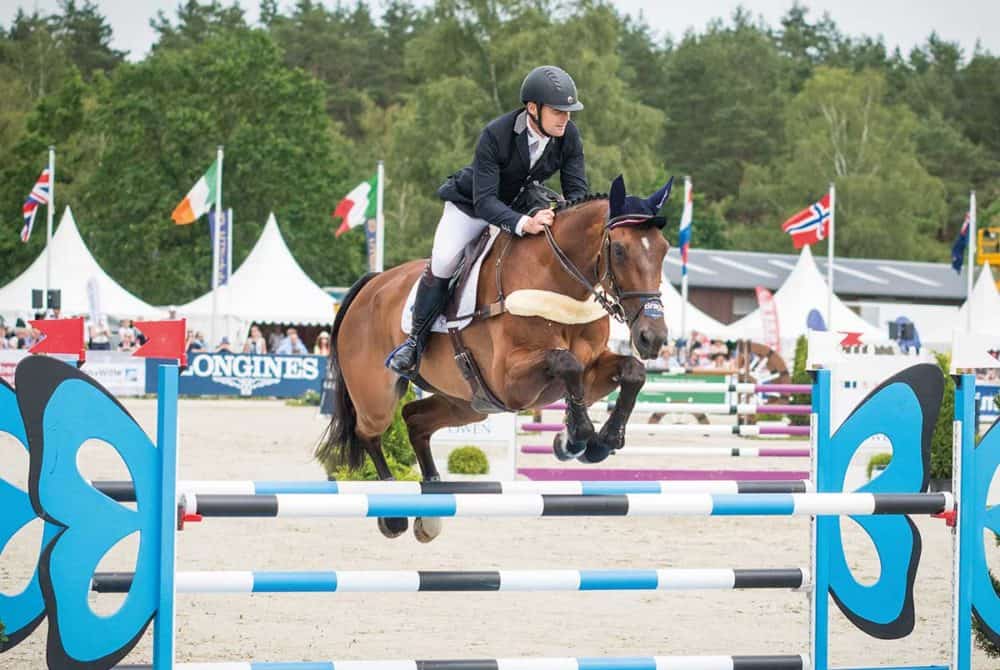
Unless you’re a professional, there’s only one reason to jump – because it’s fun. But if your confidence has had a wobble, the joy of jumping can quickly ebb away, making even the simplest of exercises loom like a puissance wall. This can then become a frustrating cycle, wherein all your valiant attempts to bolster your bravery feel fruitless – but it doesn’t have to be this way. We’ve teamed up with four top riders and trainers to share some straightforward exercises and advice to help you get your groove back.
Alex Bragg’s mindset magic
It’s no surprise that most riders are perfectionists – after all, whether you ride professionally or for fun, it’s likely you work incredibly hard to fund your efforts, and you probably give up most of your free time and a lot of your headspace to your sport. It stands to reason that you want to do well – but the pressure you put on yourself could be affecting your confidence.
One simple change that I try to instill when I’m helping riders is the idea of positive criticism. For example, if you pop a fence on a long distance, you’ll plan to fix that next time you approach it. But if you ride into the jump thinking ‘don’t go long’, you’re actually setting yourself up to do exactly the thing you’re trying to avoid. It’s like if someone tells you not to think of a pink elephant – suddenly, that’s all you can picture. Instead, reapproach the fence thinking of what you need to do, rather than the thing you’re trying to avoid. Simply focusing on getting closer to the fence gives you a job to do, rather than making you defensive.
It also helps to take a step back from the situation and look at it objectively. You don’t actually have to be perfect to do right by your horse and in fact, it wouldn’t be helpful to him if you were. When you’re jumping, you have a take-off tolerance zone of about 1m – this means that there’s about 50cm of extra space either side of the optimal take-off spot. Your horse can easily take off and clear the fence from anywhere within that area. That’s actually a pretty huge amount of space – unless you’re jumping the Vicarage Vee! Working in a range within that tolerance zone, even unintentionally, teaches your horse adjustability, trains him to take off from a variety of strides and installs what we call a fifth leg. This means that when you’re out on course he’s better equipped to help you if something goes wrong – when you’re jumping solid fences, that’s a money-can’t-buy skill.
For more jumping advice from Alexander Bragg, Ernest Dillon, Tim Price and Alex Whewell, get your copy of August Horse&Rider, out now


